The source of a mysterious clicking noise coming from the depths of the ocean which had confounded experts has finally been explained.
The seas make up a majority of our planet and it’s teeming with life that we don’t get to witness on a regular basis.
So when experts who monitor the noises that come from it hear a clicking noise they can’t quite explain at first it’s an intriguing mystery to be unpicked.
A hydrophone plonked into the sand beneath the Pacific Ocean picked up the noise, which caused Will Oestreich of the U.S. National Science Foundation to start investigating.
The noise coming from off the California coast would start slowly and get faster, with the clicking eventually becoming a continuous sound that ‘almost sounded like a human machine’.
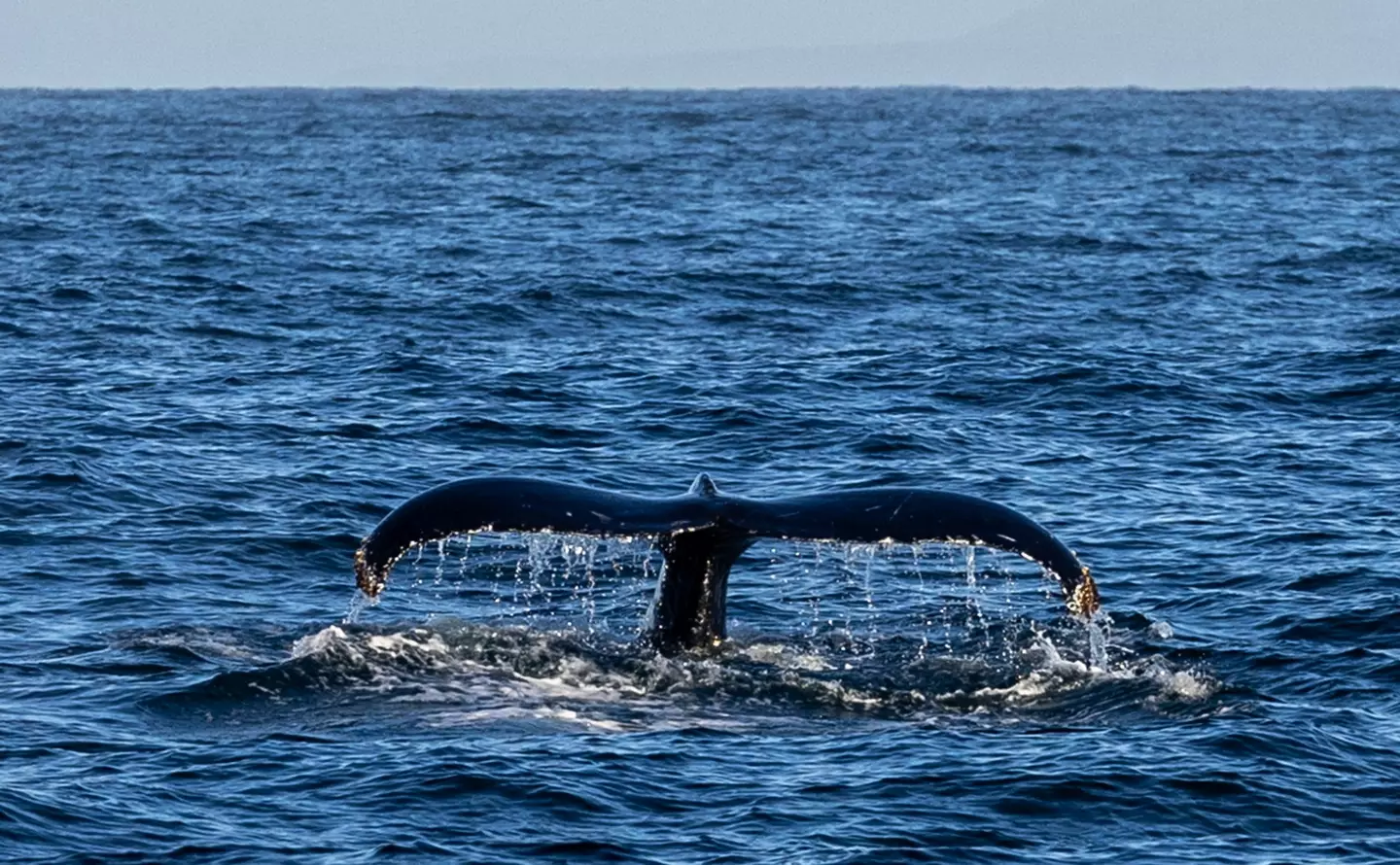
The sound was picked up in Monterey Bay, California (Brian van der Brug / Los Angeles Times via Getty Images)
Oestreich had years of experience at listening to and identifying the sounds the came from the deep, dark ocean and he was eventually able to identify their source.
Speaking to SFGATE, he said: “Each click is a fraction of a second. It’s really a needle in a haystack even though it’s the loudest known biological sound on Earth.”
What is causing the underwater sound?
The expert revealed that this mysterious clicking noise was the echolocation of sperm whales sounding out their surroundings while they were on the hunt.
Oestreich said: “It’s a really cool tool for us researchers, because they’re telling us things about their own lives. They’re a top apex predator — tigers of the deep sea — and their behaviour reflects a food web that’s difficult for us to study.
“It was really exciting, because they are not a common sighting in this part of the world.”
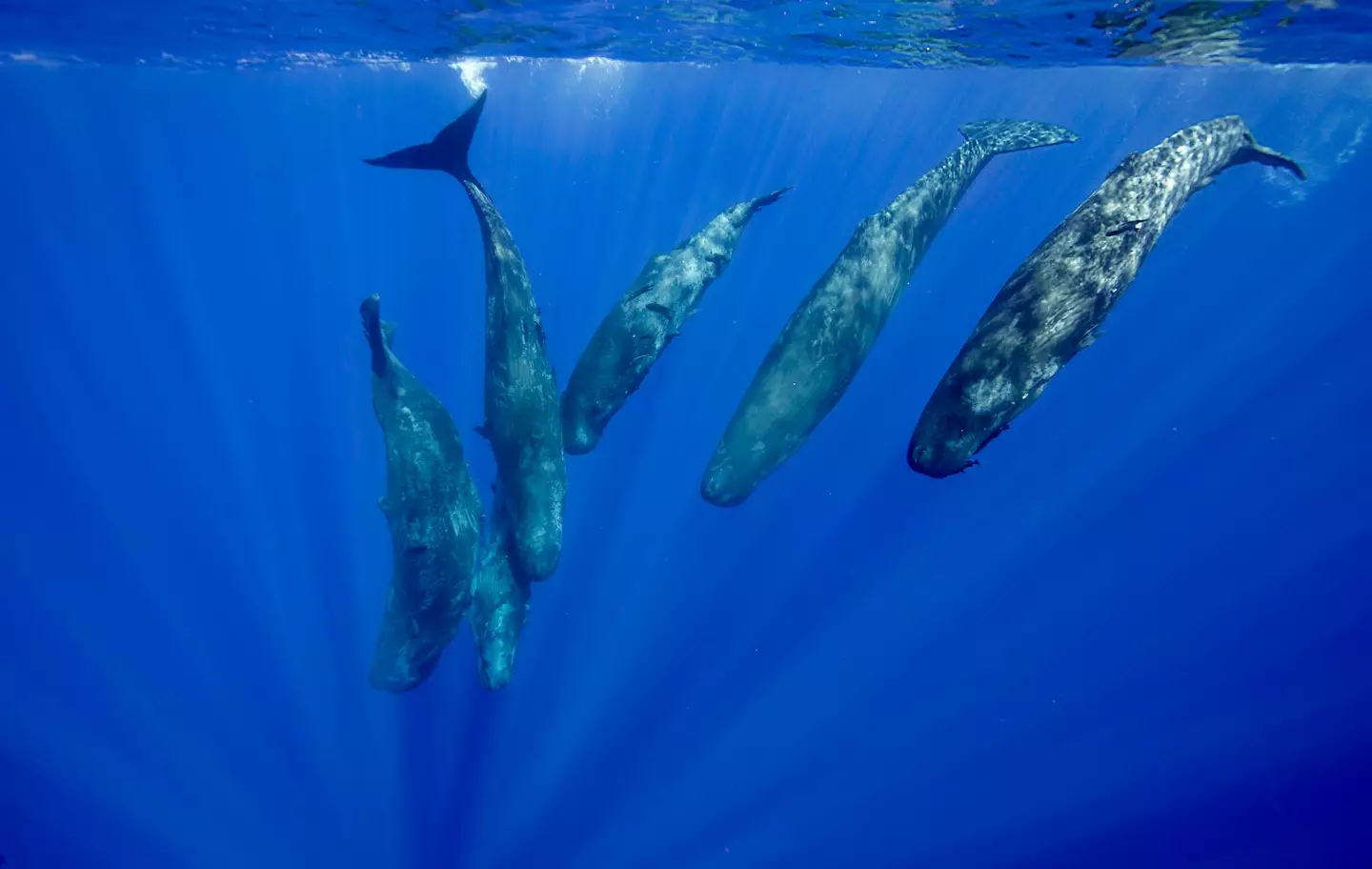
It turns out the mysterious clicking noise is made by sperm whales that are using echolocation (Getty Stock Photo)
He further explained that the sperm whale could produce sounds that were over 200 decibels loud, and that researchers were able to hear the whales clicking on 1,272 days across a monitoring period of seven years.
Listening to the clicking sounds also allowed experts to identify more information about the whales in question and grow to recognise some of them.
Oestreich explained that the space between a whale’s clicks could tell you how large they were so they could learn whether they were hearing adults, teenagers or baby whales.
Knowing where these mighty animals go, how many of them there are and what sort of demographics these pods are made up of is crucial for making sure not to destroy the ecosystem.
The sperm whale is listed as a vulnerable species, meaning they could be threatened with extinction if their circumstances don’t change.
Featured Image Credit: Getty stock / 2016 MBARI
.png)
Anyone who’s scared of spiders has probably had nightmares about giant ones running loose and taking over the country.
To be fair, I don’t even have a fear of the things and that really does sound like a nightmare. And it seems it almost came true, only maybe a little less dramatically than some of the images our brain conjures up.
That’s because thousands of giant spiders ‘the size of a human hand’ are crawling around the UK after a zoo set them free.
The ‘unique species’ were specially reared in individual test tubes (so they wouldn’t eat each other) and were hand-fed tiny flies using tweezers before they were released.
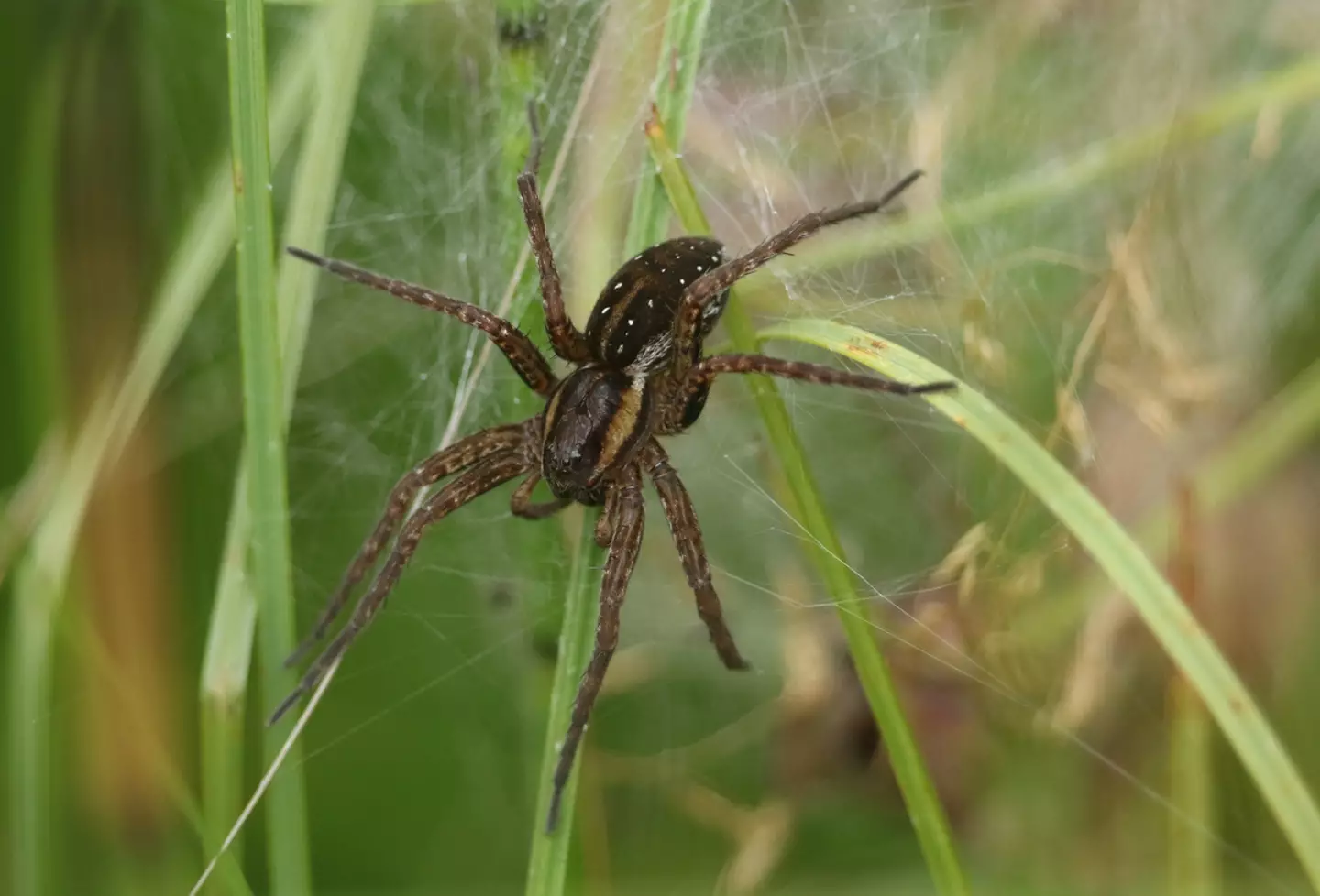
They’re having their best year crawling around the UK (Getty Stock Image)
A decade ago, the popular Chester Zoo released thousands of fen raft spiders after they almost became extinct.
It wrote on Facebook: “Ten years ago we helped release THOUSANDS of GIANT spiders back into the UK!
“The fen raft spiders were bred right here at the zoo, and we’re super happy to report there are now more than 10,000 breeding females… and they’ve just had the biggest mating season on record!”
And for those who might be freaking out, it even added: “You can’t miss them, they grow to be the size of your hand! Honestly, you’re so welcome.”
But don’t worry lads, while they might sound scary, the fen raft spider is ‘harmless’ and plays a vital role within healthy aquatic ecosystems.
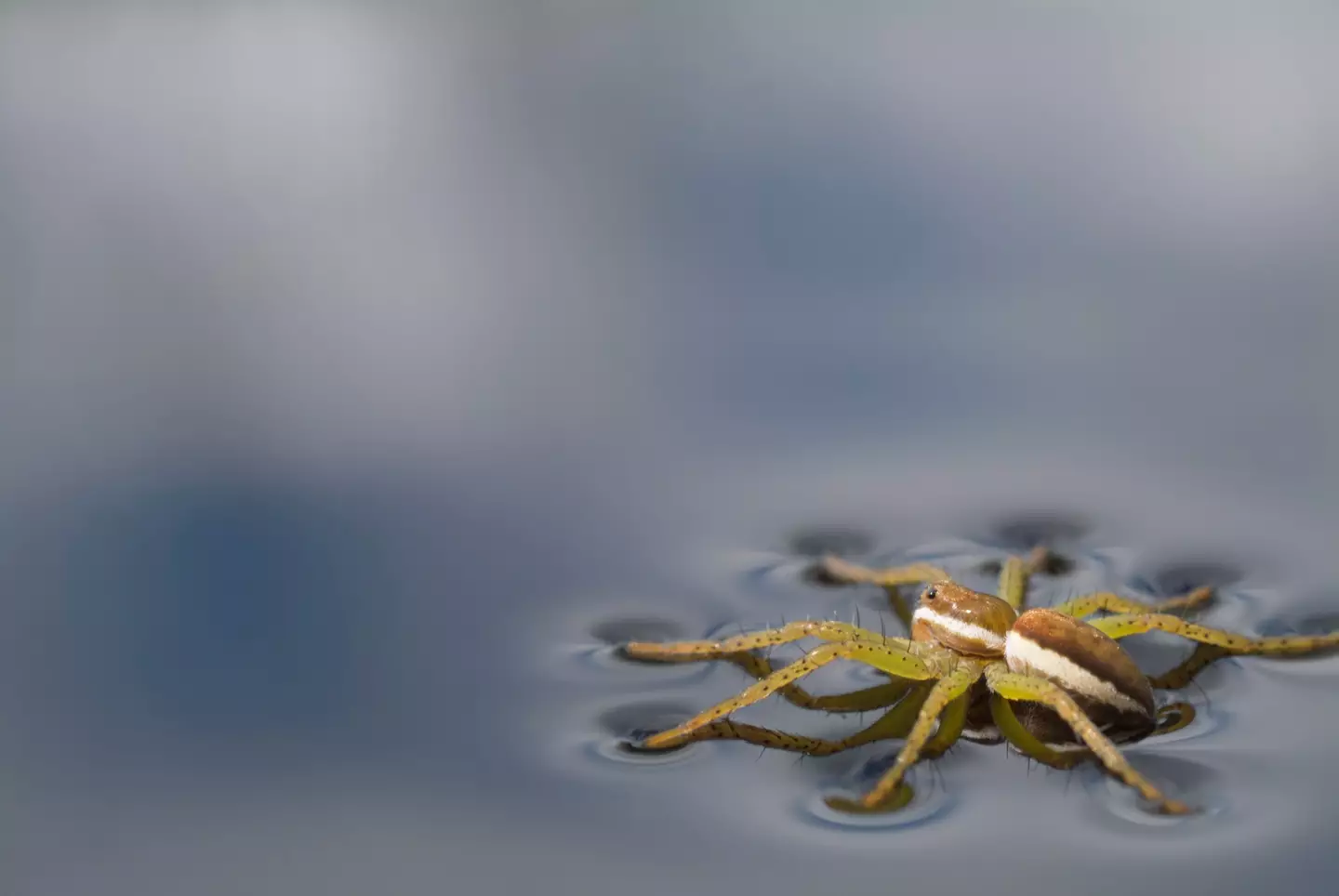
Their wetland home was destroyed (Getty Stock Image)
The spiders were bred as part of a collaborative conservation breeding rescue programme in partnership with the RSPB (Royal Society for the Protection of Birds) which worked to restore their natural habitat.
Tim Strudwick, RSPB Mid Yare nature reserves site manager, explained: “These spiders have an important role in maintaining the rich aquatic diversity found in the grazing ditches on our reserves. The females are impressive in size, but also beautiful – they are truly special to see!”
Fen raft spiders can grow to be around the size of an adult human’s palm and you can identify them from the eye-catching white stripe running along their body.
They’re a little different to your typical spiders too as rather than capturing their prey in webs, they lie in wait with their front legs resting on a body of water.
The species almost became extinct 15 years ago after its wetland home was destroyed, but now the RSPB estimates there are 10,000 breeding females across the UK. Plus, they’re having their best year on record.
The zoo added: “We’re so proud of the part we’ve played in this incredible conservation success story, ensuring the survival of a species that was previously on the brink of extinction.”
Featured Image Credit: Getty Stock Images
Topics: Animals, Environment, Spiders, UK News

The ocean’s a pretty lonely place really. Miles and miles of water without a soul in sight.
Well, from above the surface anyway, as we know there’s all kinds of fish and life down under the water.
But there’s so much we don’t know about the ocean, as the majority of it remains unexplored.
And somewhere out there, is the ‘world’s loneliest whale’. Yeah, sounds like a kid’s book, right?
The 52-hertz whale has baffled scientists for decades and has never actually been seen.
Also nicknamed 52 Blue, the whale has only ever been heard via hydrophones and is known for having an unusual call.

Getty Stock Image
As its name suggests, this mysterious whale calls at a unique frequency of 52 hertz (Hz) – higher than that of whale species with migration patterns it most closely matches.
The blue whale calls at a frequency between 10 to 39 Hz and the fin whale at around 20 Hz. So, it’s said that this lonely underwater creature essentially has the equivalent call of talking like Mickey Mouse.
This unusual call of the 52 Blue has been detected often in a variety of locations since all the way back in the late 80s and scientists reckon it is just one whale that’s making the sound.
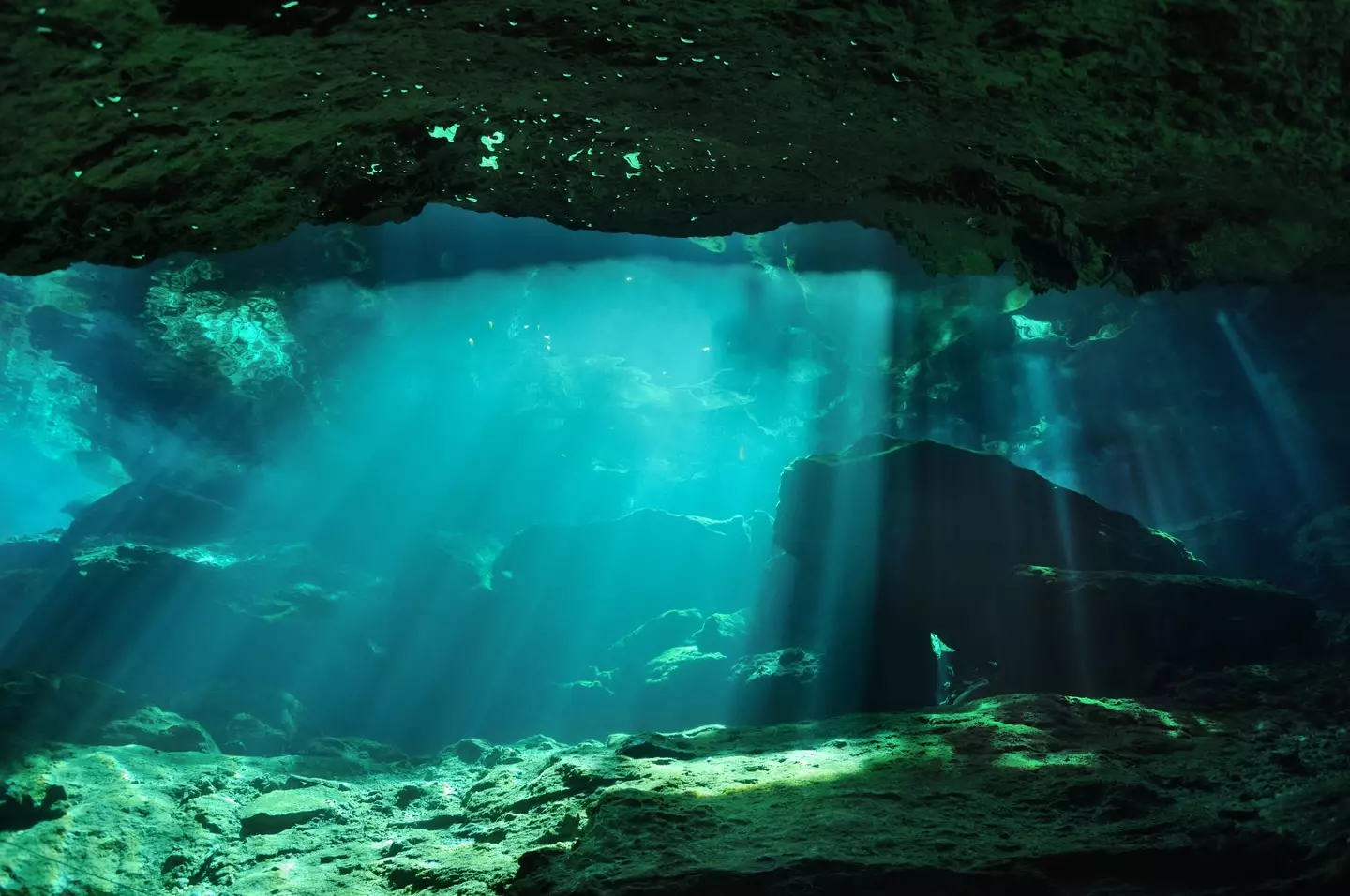
Getty Stock Image
There have been ‘potential’ recordings of another 52-hertz whale in a different place at the same time since 2010 but it seems like it’s a lonely old life for 52 Blue.
Recordings of this unknown creature shared online are pretty eerie, as it swims around the ocean, never to be seen and just making this high frequency call.
The lonely whale tends to be detected in the Pacific Ocean each year and is suspected to travel as far north as the Asleutian and Kodiak Islands and then as far south as the California coast.
52 Blue has inspired various film and music works, with K Pop band BTS releasing ‘Whalien 52’ in 2015 about a lonely whale that ‘can never reach someone else, no matter how hard it shouts’.
But not all experts reckon it’s ‘lonely’.
Whale communication expert Christopher Clark told the BBC in 2015: “Blue whales, fin whales and humpback whales: all these whales can hear this guy; they’re not deaf. He’s just odd.”
Poor guy.
There’s also the theory that the passing of commercial shipping meant whales increased the frequency of their calls so they could be heard above all that noise.
Either way, 52 Blue has yet to be seen.
Featured Image Credit: Getty Stock Images
Topics: Science, Environment, Animals
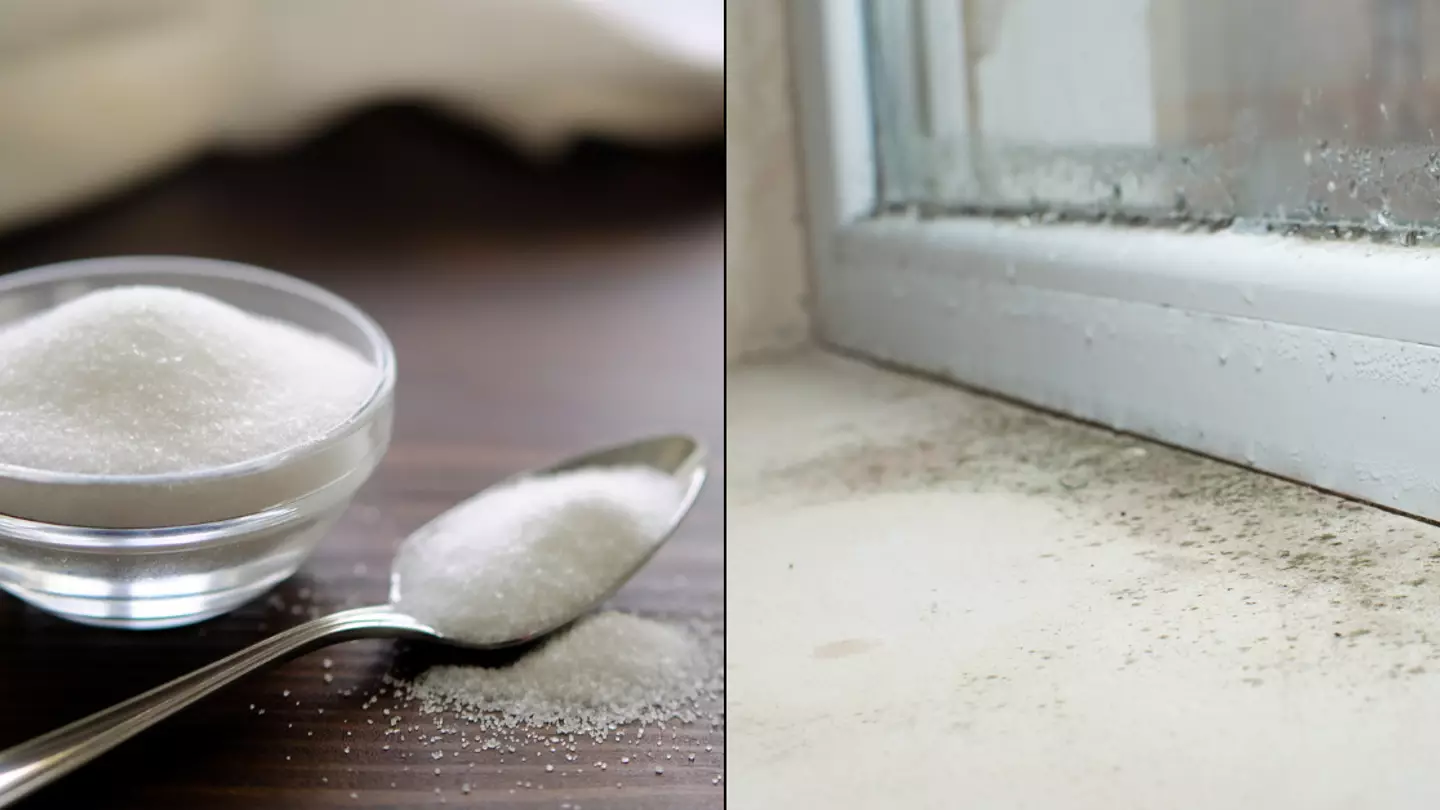
You’ll need to be ready for the clocks to go back this weekend, and to get ready for your commutes to and from the office to be shrouded in darkness.
Within the confines of your own home you’ll also need to look out for some potential dangers to your health and figure out some ways to tackle them.
Among the things to deal with is a ‘silent killer’ which can hamper your health and creep into your home as time goes by.

It’s a bowl of salt, so how can that help on the windowsill? (Getty Stock Photo)
What’s this ‘silent killer’?
I’m glad you asked, dear reader.
It’s mould, that quiet, fuzzy and utterly unwanted home decoration which can creep into certain abodes at a particular time of year and start impacting things.
More specifically, it can start impacting you as it can kick off respiratory illnesses, set off allergies if you have them and make life harder in general for asthmatics.
In serious cases it can even kill you, though it’s more likely to just make your life unpleasant by getting into your home and chipping away at your health.
If you want to keep this ‘silent killer’ away then you’ll need to avoid your home becoming damp, and that means you’ll want to crack down on condensation.

Condensation can lead to dampness and mould. (Getty Stock Photo)
What causes condensation?
Another good question, you’ll get condensation when the temperature on one side of a pane of glass is colder than it is on the other.
Given that it’s autumn you’d definitely hope that’d be the case inside your home, given that we’re getting to the time of year where you really have to start thinking about sticking the heating on.
The warm air hits the cold surface and cools down, releasing the moisture it contained which turns into droplets of liquid.
That liquid can then run down and make things damp, causing conditions for mould to creep in.

Mould is really bad for your health, so you definitely don’t want it inside your home. (Getty Stock Photo)
How can a bowl of salt help with condensation?
There used to be a superstition that drawing a line of salt across something would help ward evil spirits away.
It’s not quite the same as using salt to tackle mould but it’s close enough.
According to Posh.co.uk, salt absorbs moisture from the air which means there’s going to be less to form on the window and thus cause damp, which can lead to mould.
One of their experts said: “It’s a really easy trick that requires no effort at all. Simply fill a shallow bowl or a small jar with some salt – this can be table salt or rock salt.”
The bigger the window, the bigger the bowl of salt you’ll need to use for it to be effective, but we’re still talking small quantities here.
You will have to periodically replace the salt after it has absorbed enough moisture, and you’ll know this is the case after your bowl gets damn and the salt starts to ‘clump together’.

Remember to change the salt when it gets too damp. (Getty Stock Photo)
What else can I do to get rid of condensation?
Experts from Household Quotes have come up with some other advice you could try.
Their expert Joshua said you could try opening your windows for a couple of hours a day to let the moist air out and replace it with fresh stuff.
Keeping your home warm enough can also help stop condensation from forming in the first place, so Joshua recommended opening your windows for a bit in the morning and then putting the heating on once you’d closed them again.
He also suggested using a dehumidifier and avoiding doing things that added moisture to the air like drying clothes indoors or boiling water without lids on pots.
If your bathroom has an extractor fan that’s recommended to have on for half an hour after you use the shower as well, since it’s probably going to be the dampest room in your house.
Featured Image Credit: Getty Stock Images

In his script for the 1966 film A Man for All Seasons, screenwriter Robert Bolt stated: “Death comes for us all; even at our birth, death does but stand aside a little.”
And you know what? He’s pretty spot on because the only thing that’s certain in life is death… and taxes, as the idiom goes.
While eating a well-balanced diet, not smoking cigarettes and enjoying an active lifestyle may potentially increase your life expectancy, death does eventually come knocking.
But thanks to medical advancements and documented economic growth the modern-day human’s life span is much longer than our ancestors.
The Office for National Statistics claims life expectancy at birth in the UK from 2020 to 2022 was 78.6 years for males and 82.6 years for females.
This beats out the US, where it sits at around 74.8 years and 80.2 years for males and females, respectively.
But just because there’s an average doesn’t mean there aren’t anomalies, just look at Jeanne Calment.
The Frenchwoman was at the ripe old age of 122 when she died in 1997, making her a supercentenarian – a person who is 110 years or older.
While most people get nowhere near that, the question of just how long the human body theoretically can survive is one of science’s most pressing questions.
.jpg)
Scientists believe they know how long the human body can survive (Getty Stock Image)
In 2022, researchers from Singapore biotech company Gero and the Roswell Park Comprehensive Cancer Center in Buffalo, New York, studied human resilience and the body’s ability to recover from damage.
Using AI, they combed through the medical data of hundreds of thousands of volunteers to estimate a human’s maximum lifespan.
Factoring in age, illness and lifestyle factors, they found that somewhere between 120 and 150 years, the human body’s ability to recover completely gave out, meaning that a person couldn’t really survive beyond then.
Other studies into the science of ageing suggest the record for the world’s oldest person will probably be broken again by 2100, but not everyone’s going to be making it past Calment’s grand old age.
Meanwhile, drugs which could try to slow down the body’s ageing process and theoretically let someone live for up to 200 years are being tested, but the idea that we’re all about to live to 200 is a long way off.
.jpg)
The oldest person to ever live managed to make it to their 122nd birthday (Getty Stock Image)
Of course, you could always hope that space travel advances to the point where you could move to another planet we discovered where people could live over 3,000 years.
Although, that’s because that planet has much shorter years, orbiting its sun once every 2.7 Earth days.
While you could technically call that living for plenty of years, by human standards it’d be cheating, and it wouldn’t make you live longer.
Still, if you could make it to 150 that’d count as pretty good innings, and maybe by then we’d have invented a way for people to actually live forever – perhaps as robots.
Featured Image Credit: Getty Stock Images
Topics: Health, Science, Artificial Intelligence, World News



